Written and published June 2015 by Olivia Engel, Green Dining Alliance Program Coordinator
St. Louis Zoo took concrete steps toward decreasing the environmental impact of their onsite restaurant, Café Kudu, when they became GDA-certified earlier this year. Now, the Zoo’s catering department is taking sustainable dining a step further with the creation of a living, growing wall of herbs for diners at Café Kudu.
Under the leadership of chef Todd Corum, the Zoo’s catering staff came together to create something beautiful, useful, and sustainable near Café Kudu’s administrative offices.
Since space at the Zoo is tight, the culinary team utilized a sunny, plain brick wall for a vertical herb garden. With decreasing waste and consumption in mind, the team assembled planter boxes from used pallets already in Zoo storage, as well as from their vertical beds with the Zoo’s stock pile of soil and compost.
Before:
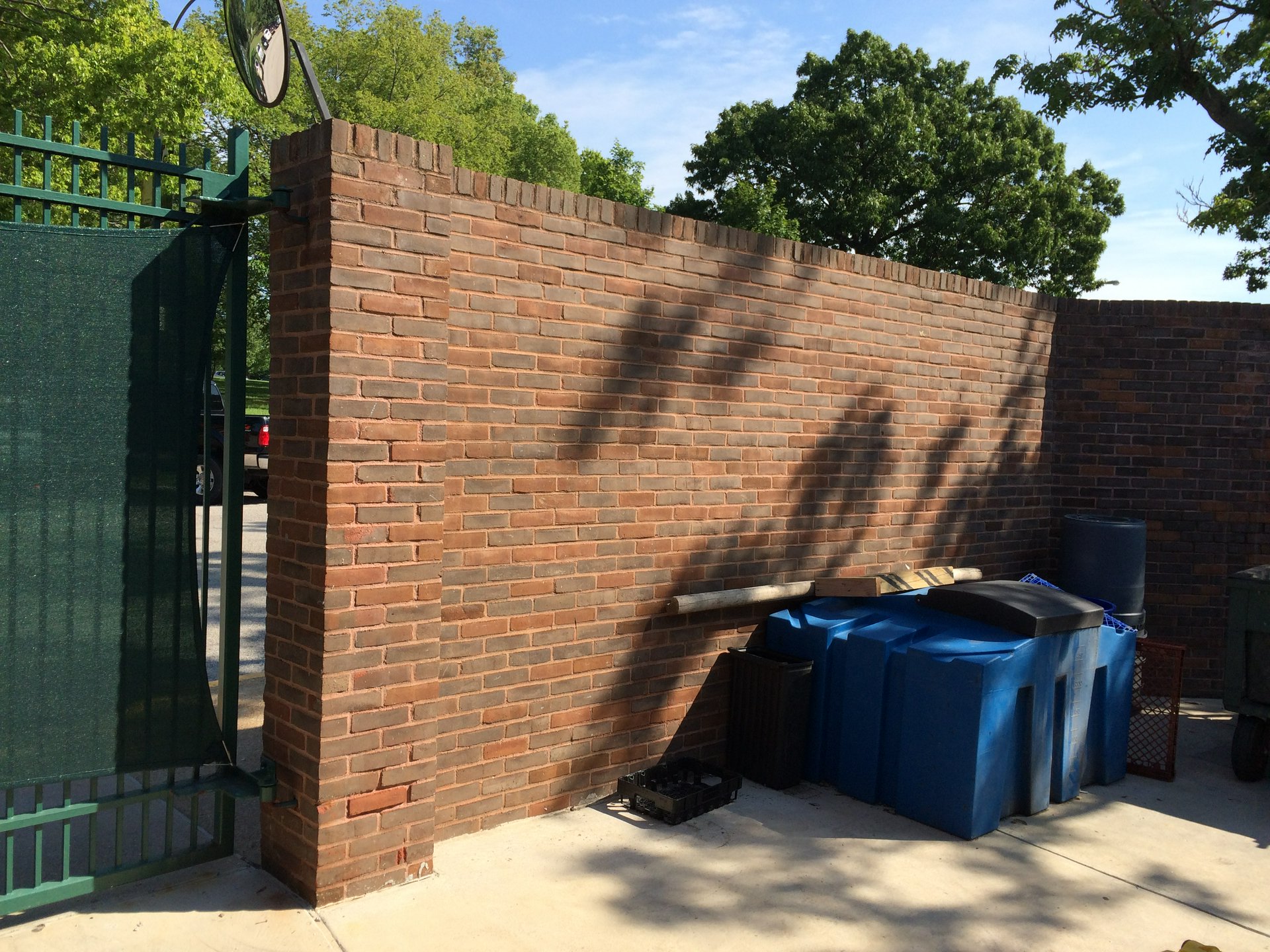
Image courtesy of St. Louis Zoo
After:
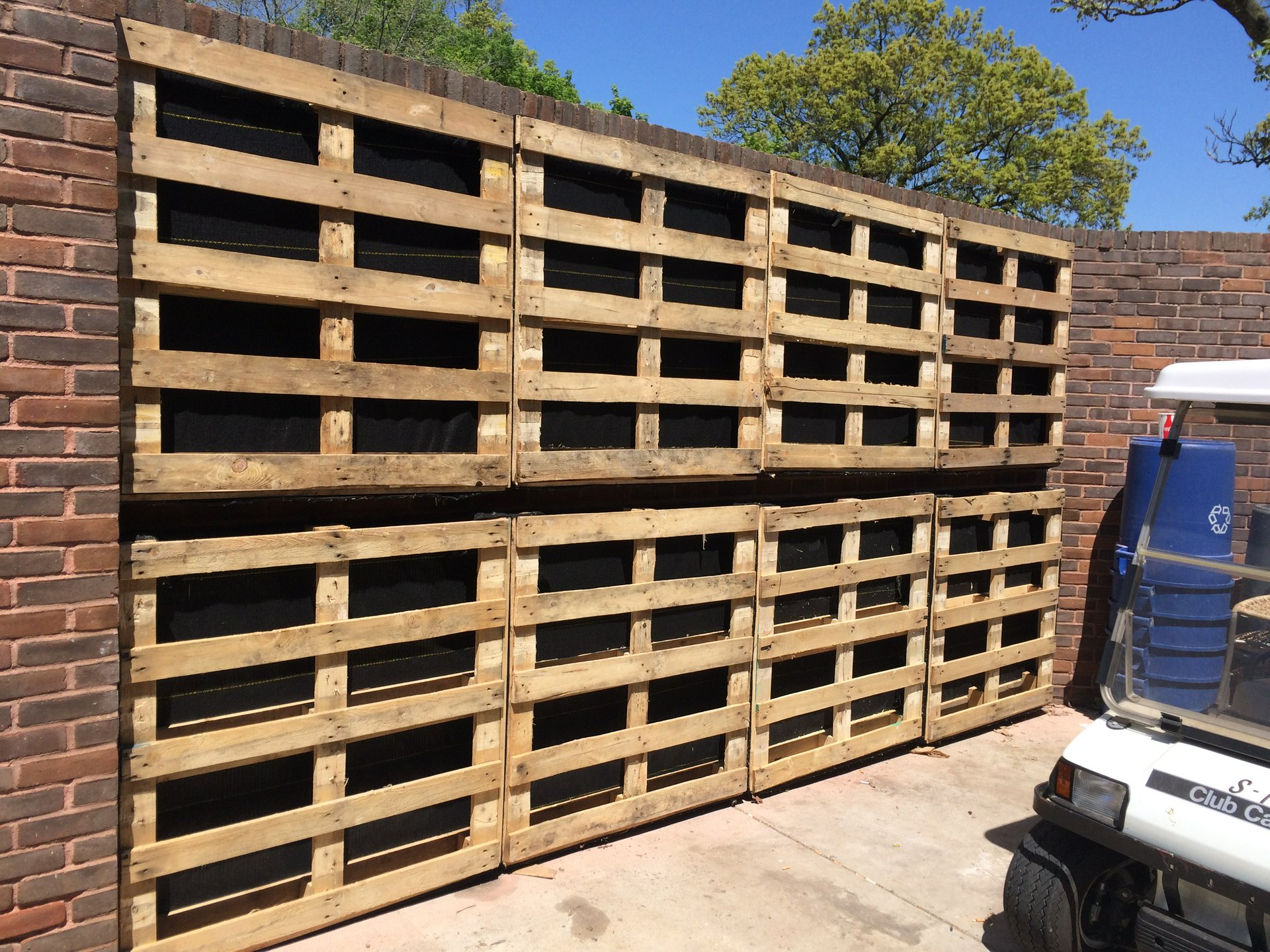
Image courtesy of St. Louis Zoo
Getting the plants up and off the ground benefits gardeners in a number of ways, such as:
- Improving circulation, resulting in less moisture damage, soil-borne pests, and disease
- Minimizing damage from wild animals digging (we’re looking at you, squirrels)
- Grows more herbs per square foot, maximizing the small space
- Using less water per plant
Finished product!
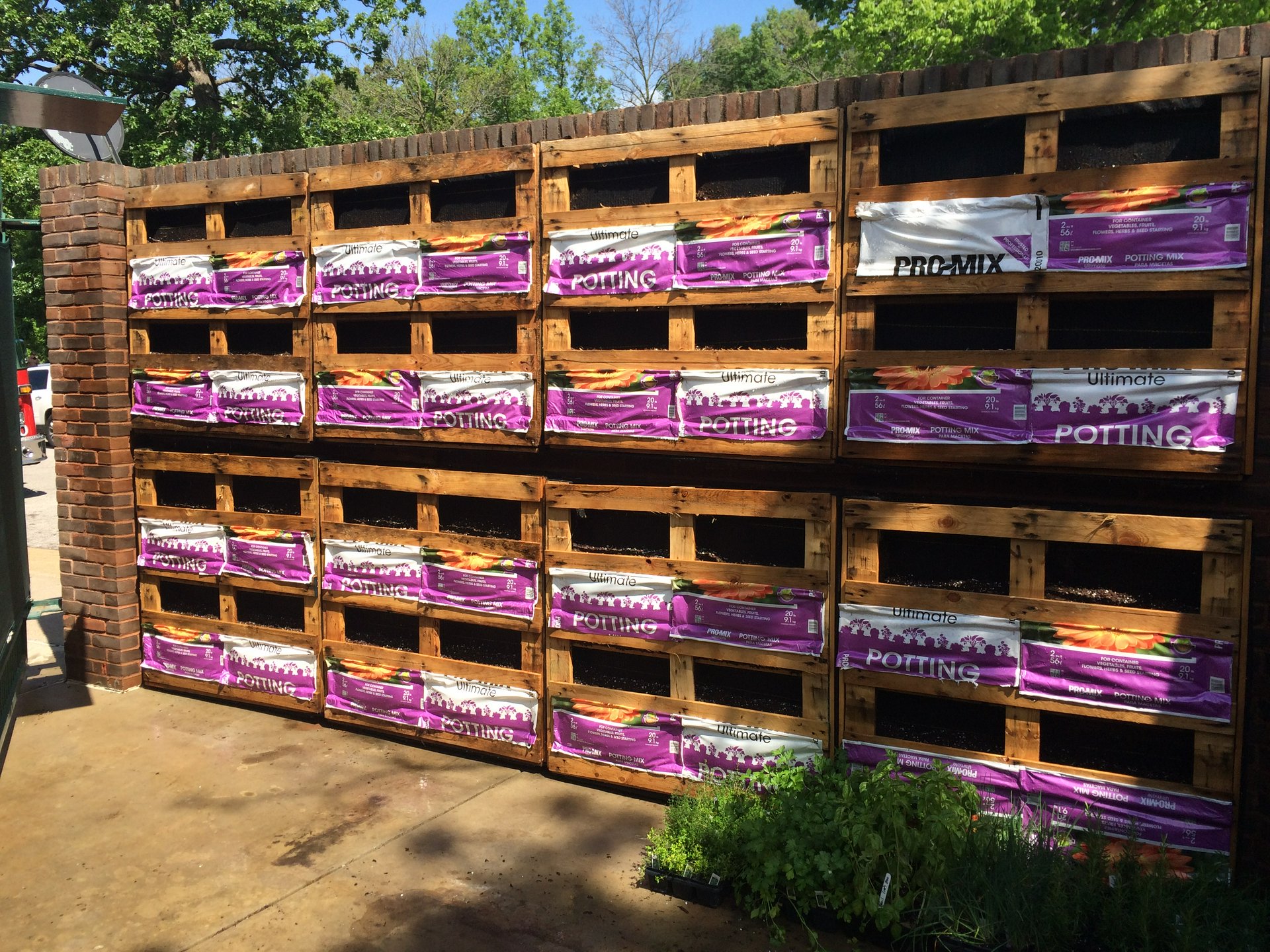
Image courtesy of St. Louis Zoo
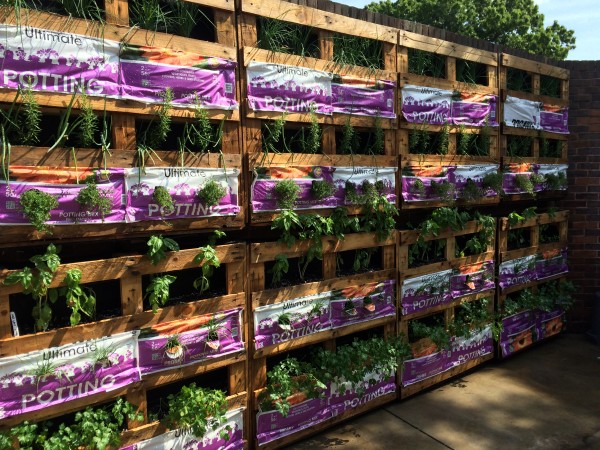
Image courtesy of St. Louis Zoo
In addition to these efficient practices, the Zoo saves money and reduces CO2 emissions by producing its own fresh herbs rather than buying from outside vendors. The wall will also cool the air in the zoo, and soften the stark building surface by camouflaging with living, green walls – bringing even more character, variety, and color to the Zoo grounds.
You can dine at Café Kudu to enjoy these fresh herbs on your plate!
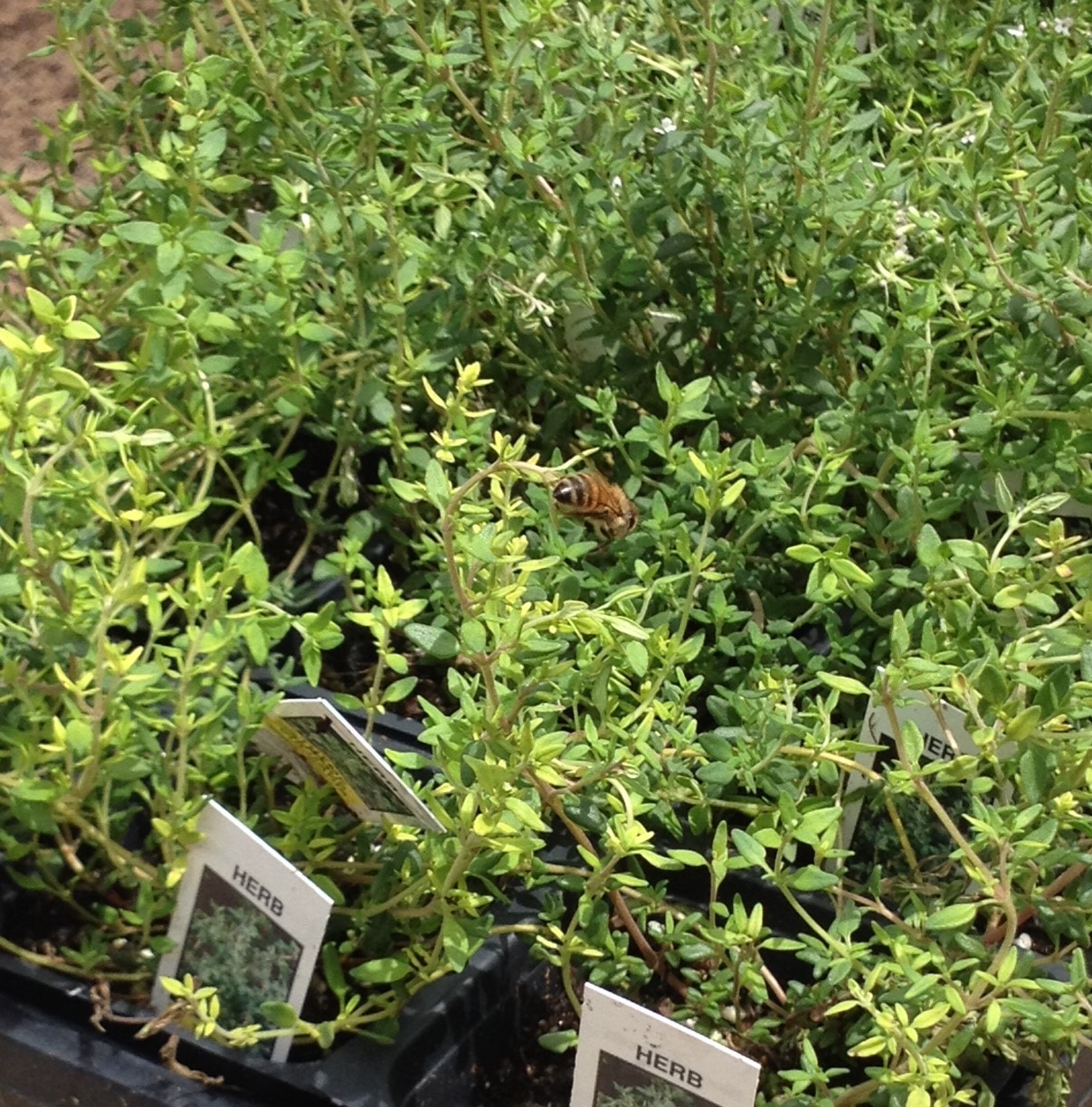
Pictured: the Zoo’s herbs before planting. More flowering, fragrant plants attract and support native bees and pollinators. Image courtesy of St. Louis Zoo.


